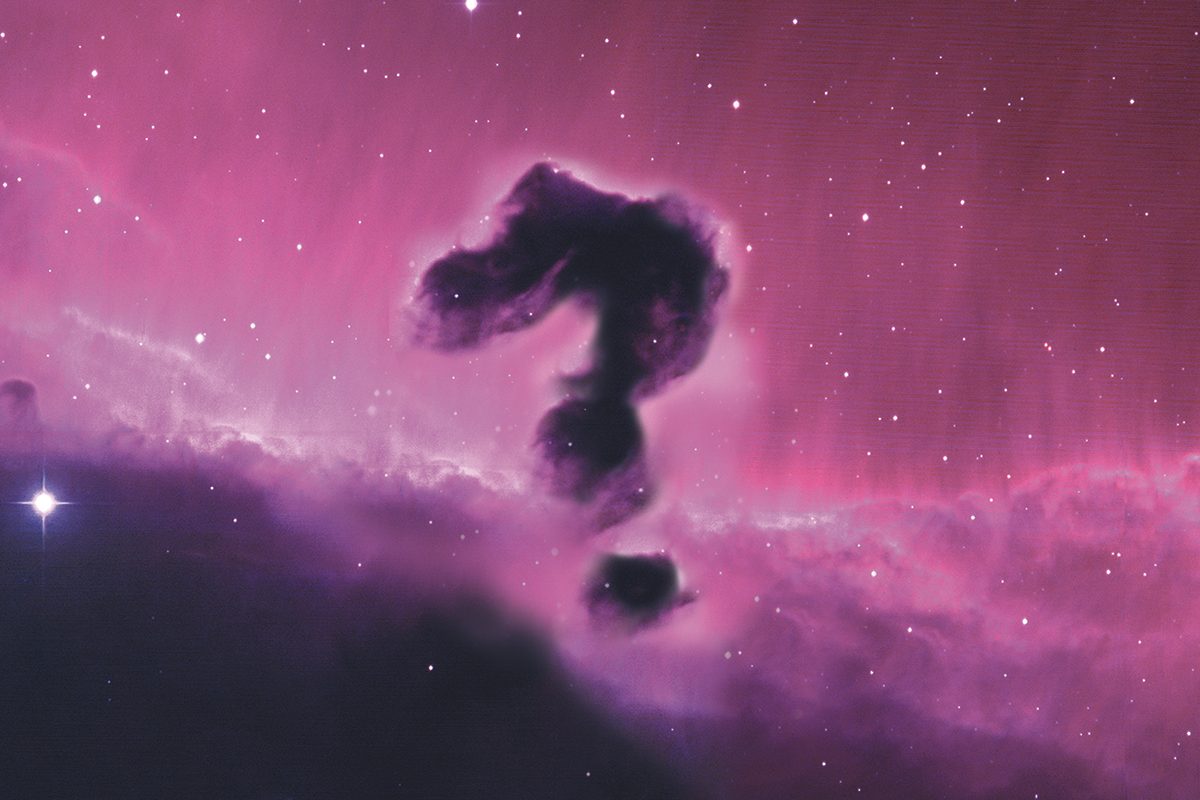Astrophysics is the study of the universe, encompassing everything from the tiniest subatomic particles to the largest celestial bodies. It is a field that has fascinated scientists and the general public alike for centuries, as we continue to explore the mysteries of the universe. In this article, we will take a journey through the exciting and fascinating world of astrophysics, exploring the secrets of the universe that have captivated scientists for centuries.
One of the most intriguing and mysterious aspects of astrophysics is the concept of dark matter. Scientists believe that dark matter makes up the vast majority of the mass in the universe, yet we have never directly detected it. Instead, we can only observe the gravitational effects it has on the visible matter in the universe. The nature of dark matter is still a mystery, but it is believed to be composed of subatomic particles that have yet to be discovered.
Another fascinating area of astrophysics is the study of black holes. Black holes are incredibly dense regions of space that have such intense gravity that nothing, not even light, can escape from them. Despite their mysterious nature, black holes are an essential part of the universe, shaping the structure of galaxies and the distribution of matter throughout the cosmos.
Astrophysicists have also been able to learn about the universe’s past through the study of cosmic microwave background radiation (CMB). CMB is the afterglow of the Big Bang, the event that marked the beginning of the universe. It is a faint, cold radiation that permeates the universe and provides a glimpse into the conditions of the early universe. By studying the CMB, astrophysicists have been able to learn about the universe’s age, size, and composition, as well as gain insights into the formation of galaxies and other structures.
The study of exoplanets is another exciting area of astrophysics. Exoplanets are planets that orbit stars other than our own sun. The search for exoplanets has become a hot topic in recent years, with the discovery of thousands of new planets beyond our solar system. These planets come in a variety of sizes and orbits, and scientists are working to determine which ones may be habitable or even have life.
The study of astrophysics has also led to advances in our understanding of the fundamental laws of physics. By studying the behavior of matter and energy in the universe, astrophysicists have been able to test and refine theories like general relativity and quantum mechanics. This has led to a deeper understanding of the fundamental laws that govern our world and could pave the way for new technologies and discoveries in the future.
In conclusion, the study of astrophysics has led to some of the most fascinating discoveries and advances in science. From the mysteries of dark matter and black holes to the search for habitable exoplanets, astrophysicists continue to push the boundaries of our understanding of the universe. As we continue to explore the mysteries of the cosmos, we can only imagine what new discoveries and breakthroughs await us in the future.
Astrophysics is a diverse field that encompasses many topics of research, including the study of exoplanets. Exoplanets are planets that orbit stars other than our own sun. The search for exoplanets has become a hot topic in recent years, with the discovery of thousands of new planets beyond our solar system. These planets come in a variety of sizes and orbits, and scientists are working to determine which ones may be habitable or even have life.
Another intriguing area of astrophysics is the study of cosmic microwave background radiation (CMB). CMB is the afterglow of the Big Bang, the event that marked the beginning of the universe. It is a faint, cold radiation that permeates the universe and provides a glimpse into the conditions of the early universe. By studying the CMB, astrophysicists have been able to learn about the universe’s age, size, and composition, as well as gain insights into the formation of galaxies and other structures.
The study of astrophysics has also led to advances in our understanding of the fundamental laws of physics. By studying the behavior of matter and energy in the universe, astrophysicists have been able to test and refine theories like general relativity and quantum mechanics. This has led to a deeper understanding of the fundamental laws of physics that govern our world and could pave the way for new technologies and discoveries in the future.
Free Speech and Alternative Media are under attack by the Deep State. Real News Cast needs reader support to survive. Please Contribute via GoGetFunding


